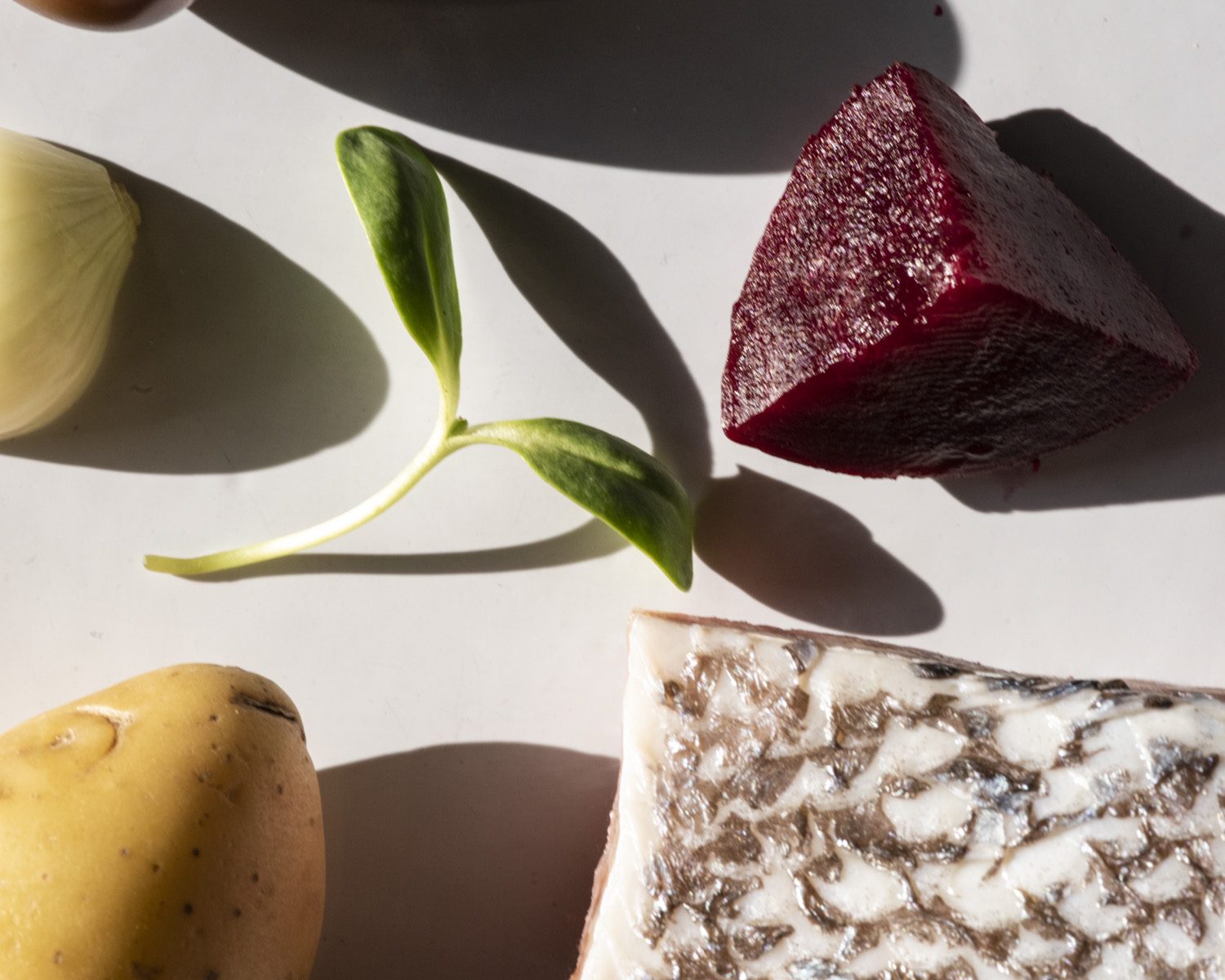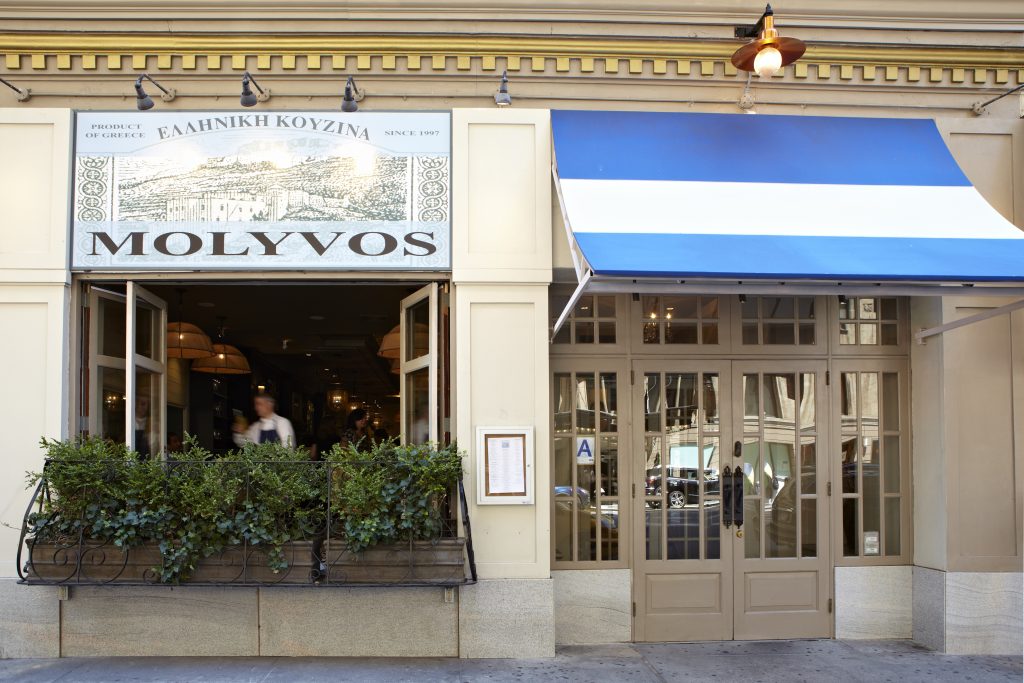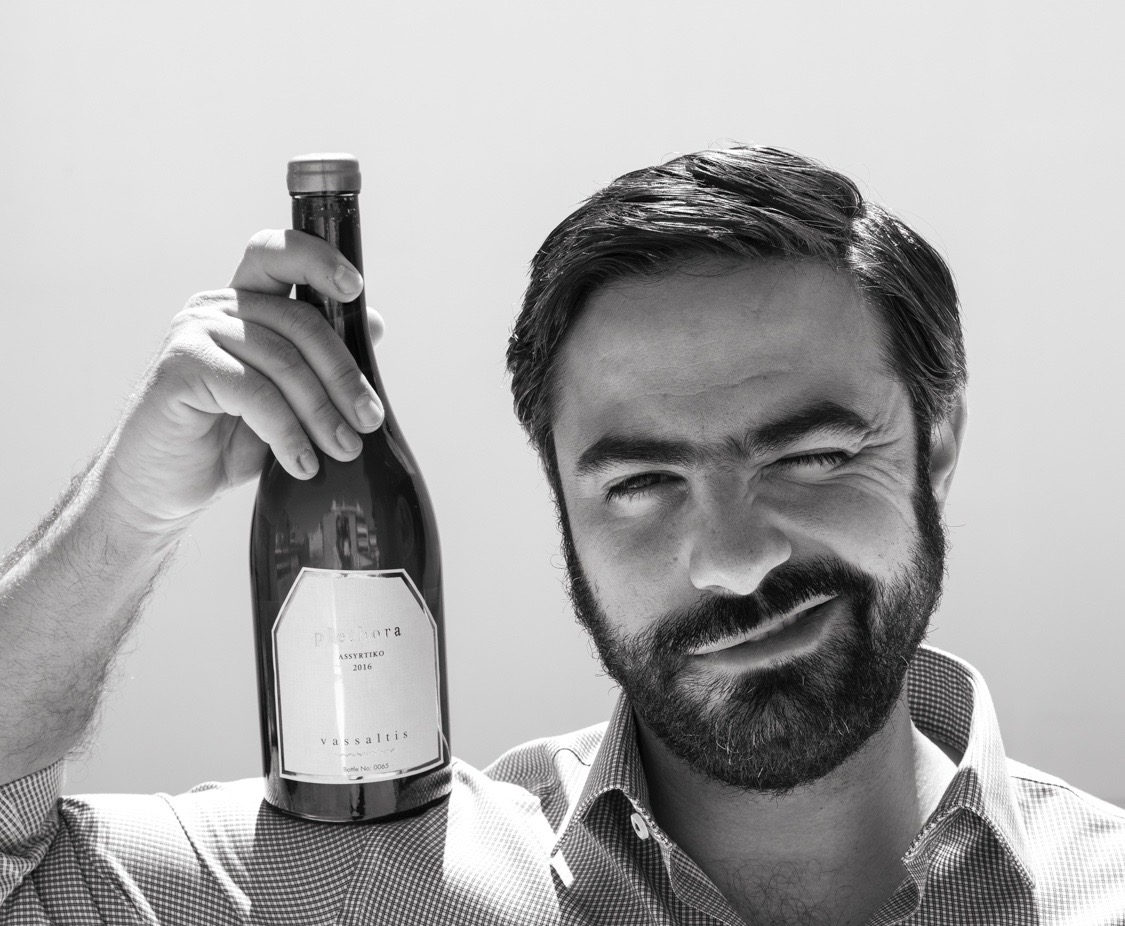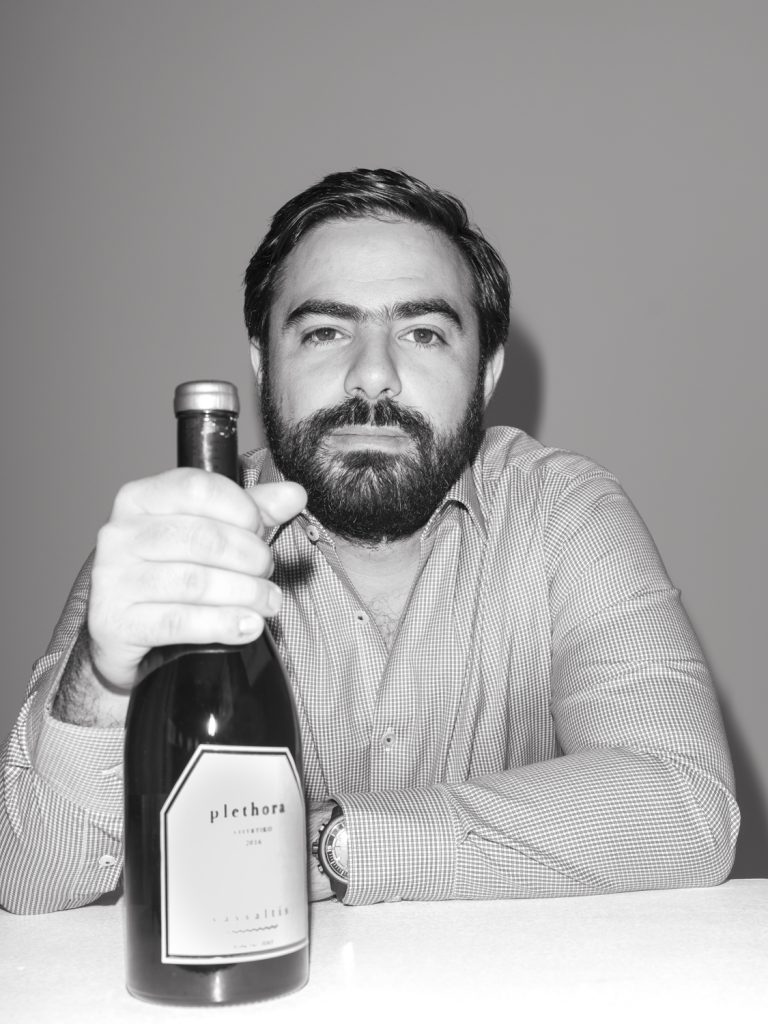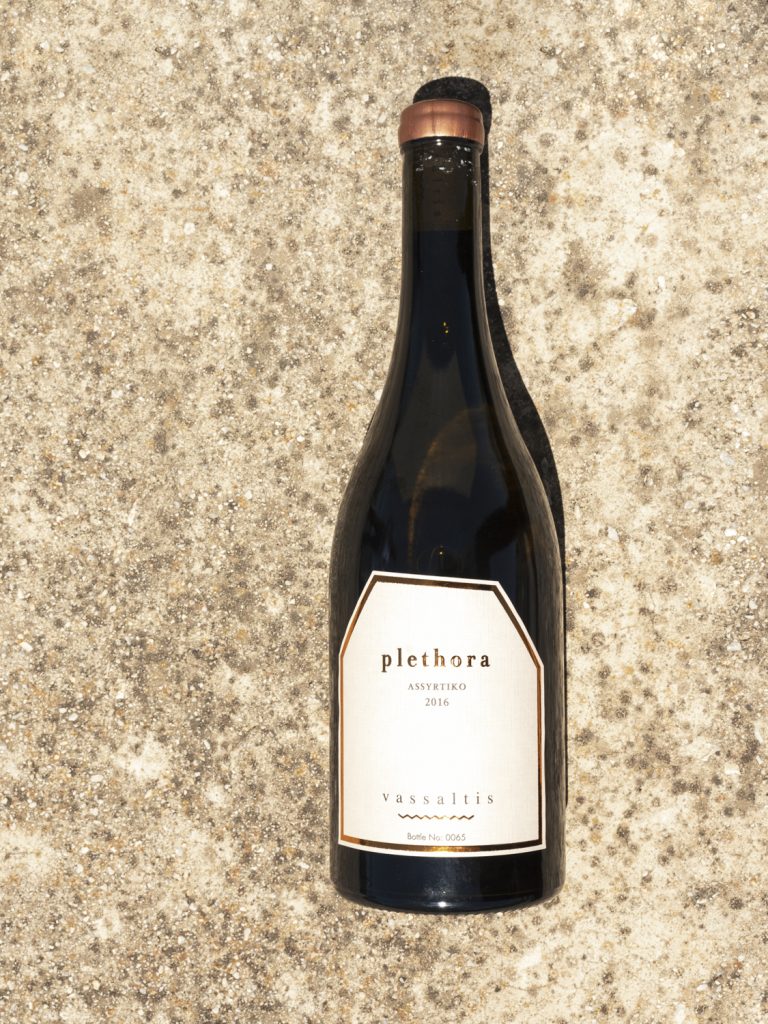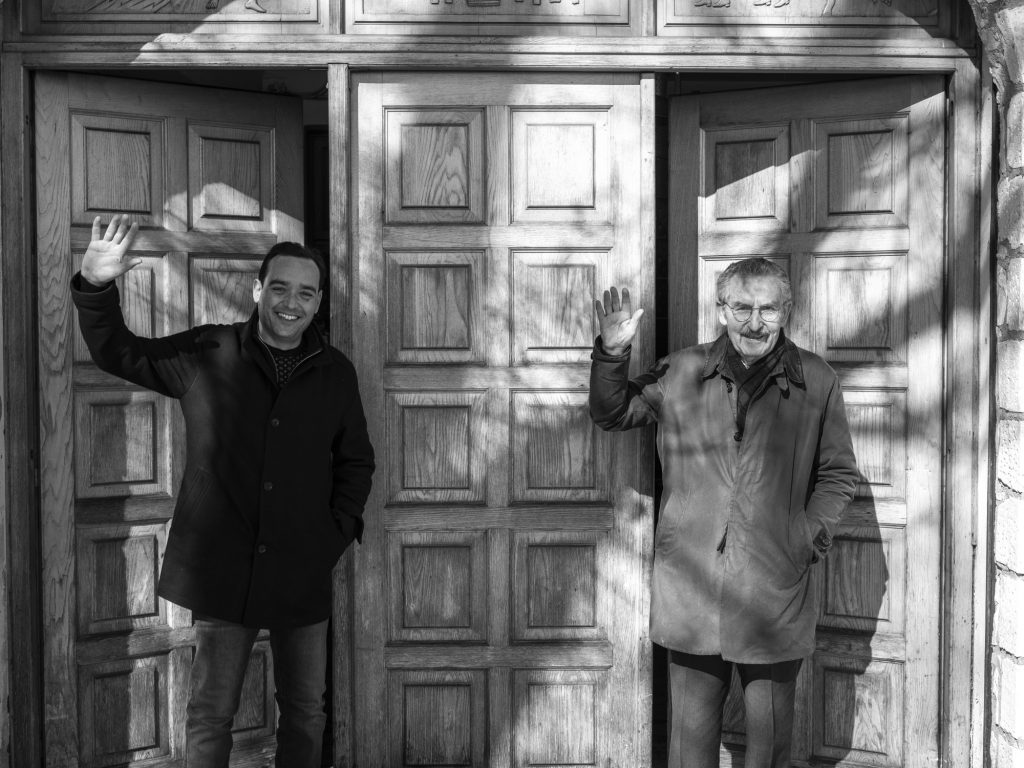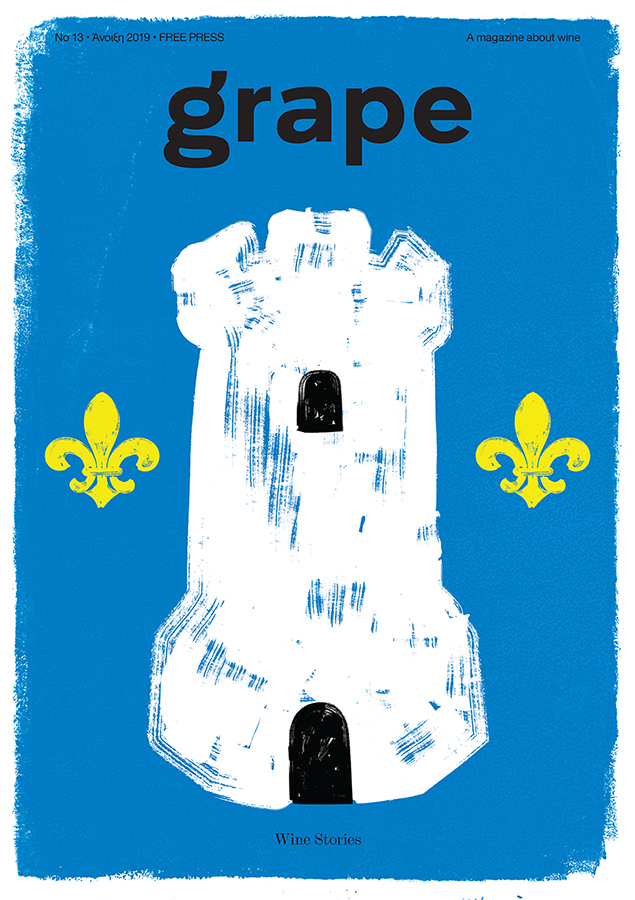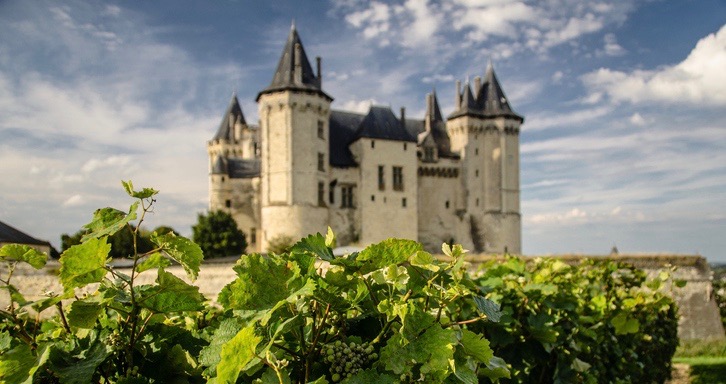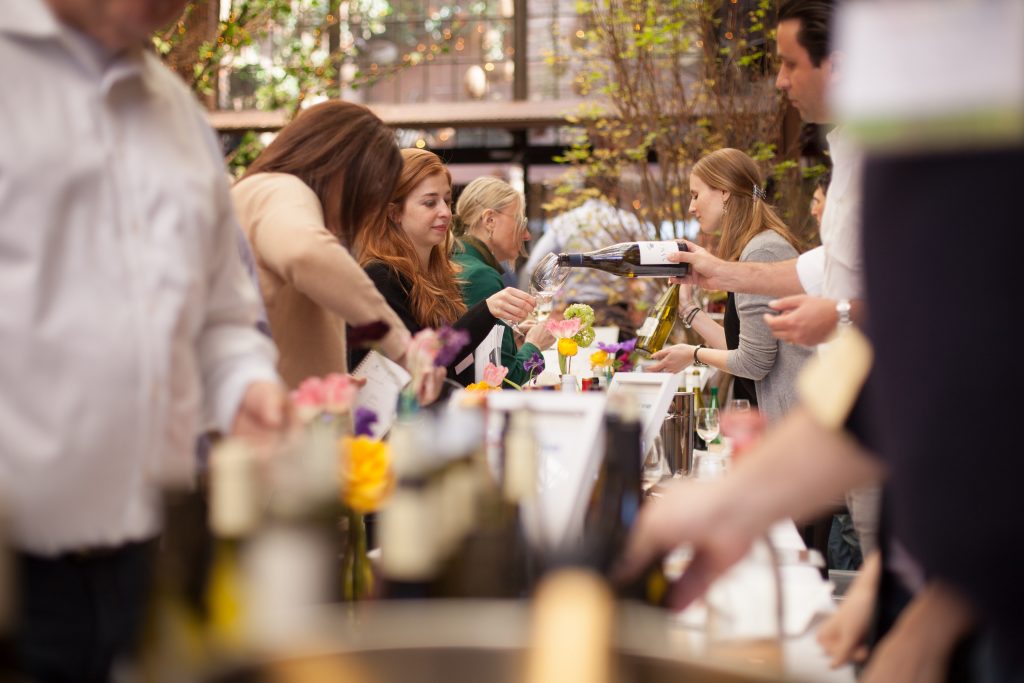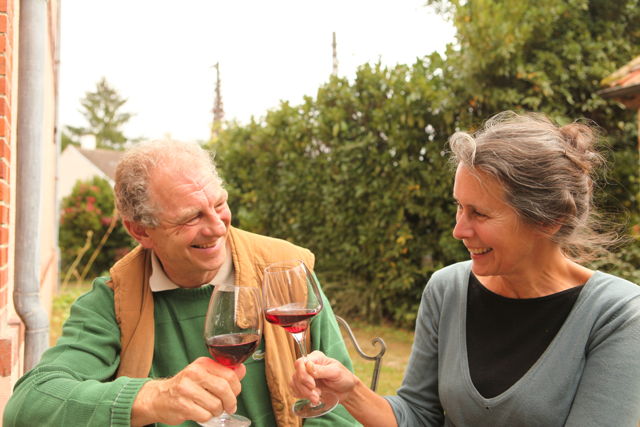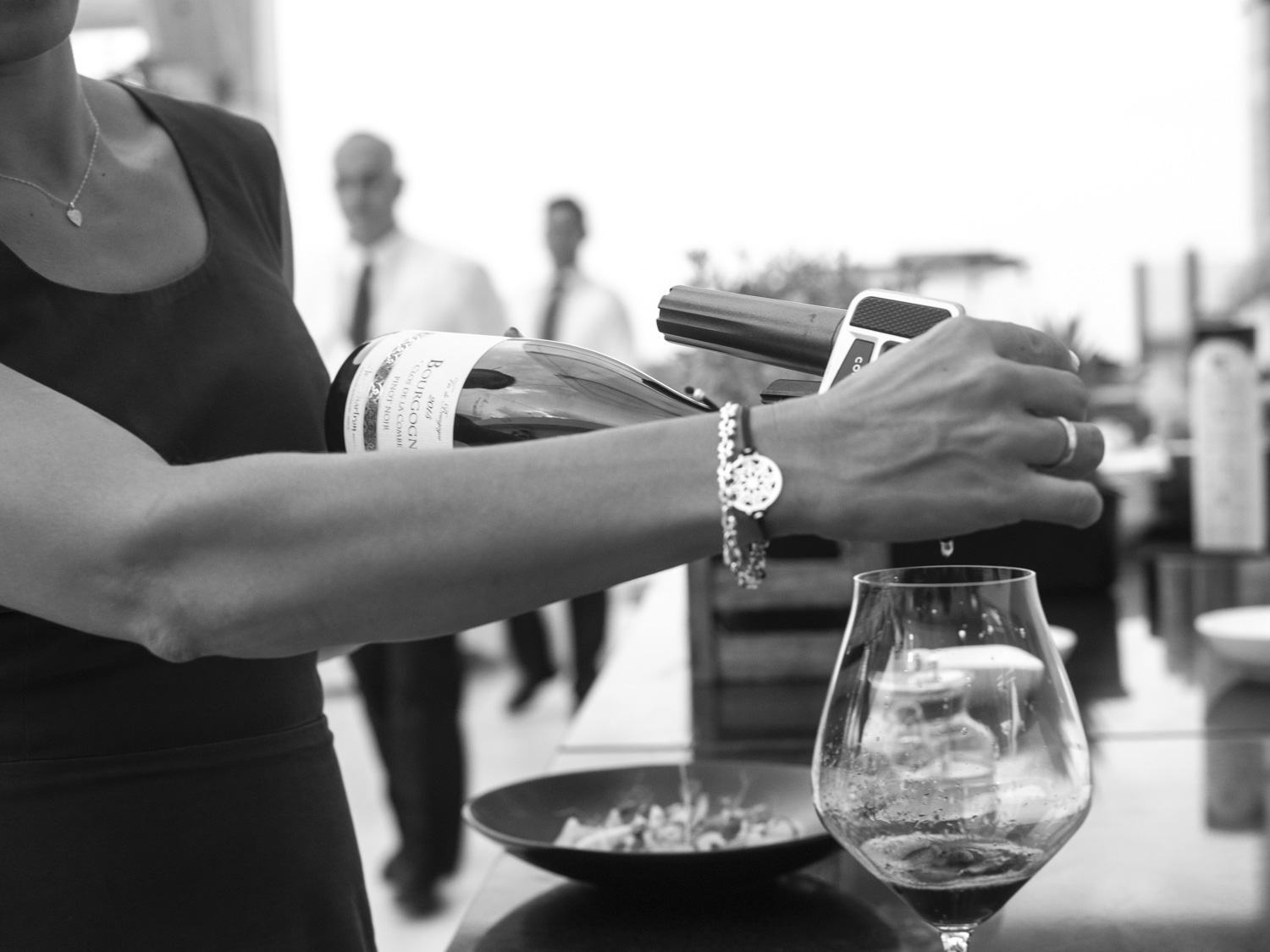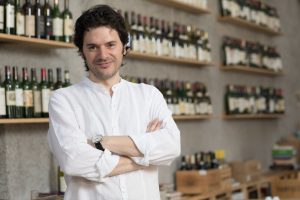Marmita opened in 2013 on the island of Skiathos, serving real Greek food in an idyllic setting. They specialize in contemporary greek cuisine and rely on the use of fresh local ingredients combined with innovative takes on traditional recipes to create a delicious menu full of flavor. Their aim is to take you on a journey through the authentic flavors of Greek cuisine.
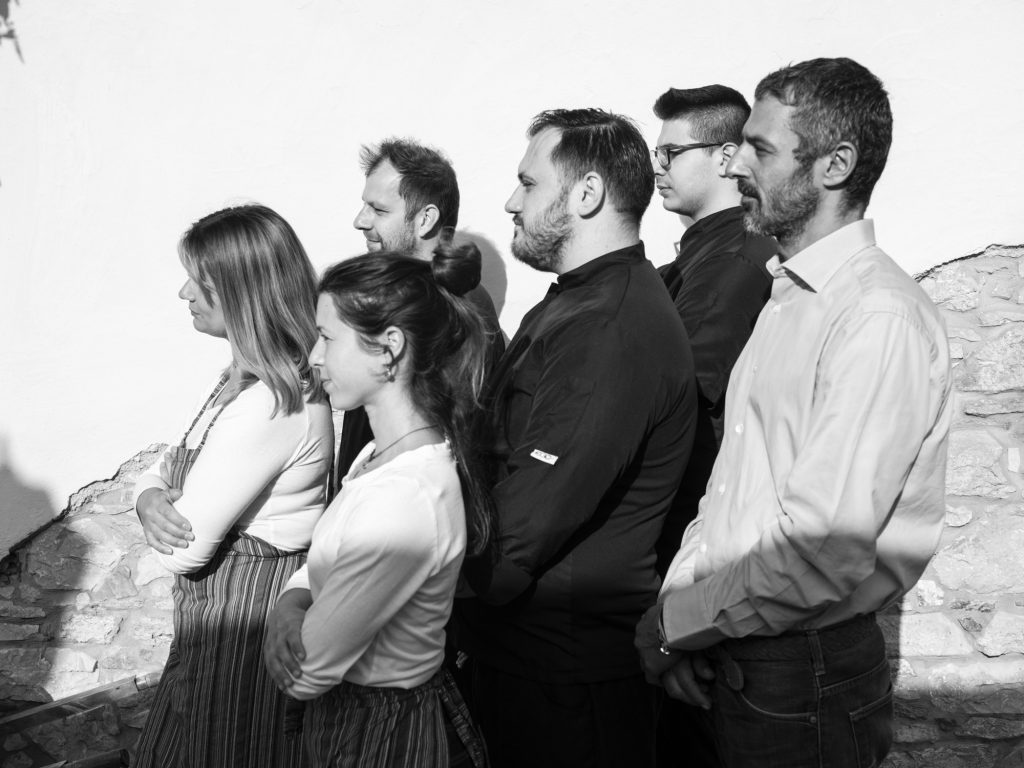 Panos Stamoulis (right) and his team.
Panos Stamoulis (right) and his team.
The unique setting provides the atmosphere as the food takes center stage and other factors, including the music, the lighting, and the flowers, combine to create comfort, intimacy and even romance. Real authentic cooking is what makes the difference. The restaurant provides good, honest food. Fresh ingredients, in season and grown locally or in the region, and healthy recipes are crucial to the way they understand cooking and run their kitchen. Everything they do is created and presented in an elegant way.The menu has a unique and appealing identity. It allows the dishes to speak for themselves: they are simple, tasty, light and healthy. Marmita’s wine list is based mainly on greek producers and indigenous varieties. With more than 70 wines from all over Greece, they try to offer some of the best Greek wines from different regions, appellations, terroirs and winemaking traditions. The wine list also includes organic and vegan options. The recipes below are for two dishes that the restaurant makes with local seasonal ingredients.
Magiatiko (Amberjack) fillet with celery root pure

Ingredients (per person):
- Fillet of amberjack 220 g
- Olive oil 5 ml
- butter 5 g
CELERY ROOT PUREE
- Celery root 200 g
- Olive oil 10 ml
- butter 10 g
- lemon juice 5 ml
- Coconut milk 120 ml
- Fresh thyme 2-3 sprigs
- Salt and pepper to taste
- Beets 1
- Pearl onions 2
Preparation
CELERY ROOT PUREE
In a deep pan over low heat, add the oil and the butter and then the diced celery root and the fresh thyme. Wait until the roots start to change color and get softer. Add the coconut milk, bring to a boil and, when the roots are soft, remove from the heat, place in a mixer and blend until smooth. Add lemon, and mix again.
BEETS
Put the beets in the oven for 50 minutes in 180o C. Peel and slice, sauté in a pan with some olive oil at high heat, add white vinegar and wine, and cook off.
PEARL ONIONS
Put them in the oven for 15 minutes at 80°C after marinating them in white wine for at least 3 hours in the refrigerator in a covered bowl.
AMBERJACK FILLET
Put olive oil and butter in a pan at high heat, add the fish and cook for 10 minutes on each side. Remove from stove top and finish cooking in the oven for 6 minutes at 180°C.
SERVING
Add olive oil and salt flakes.
Wine pairing
GAIA SANTORINI ASSYRTIKO WIlD FERMENT 2017, GAIA WINES
Citrus notes combined with the floral aromas of the acacia wood and the vanilla of the oak result in a wine with a highly complex aromatic profile. Minerality and well-balanced acidity give depth and longevity.
Kritama (Rock Samphire) salad
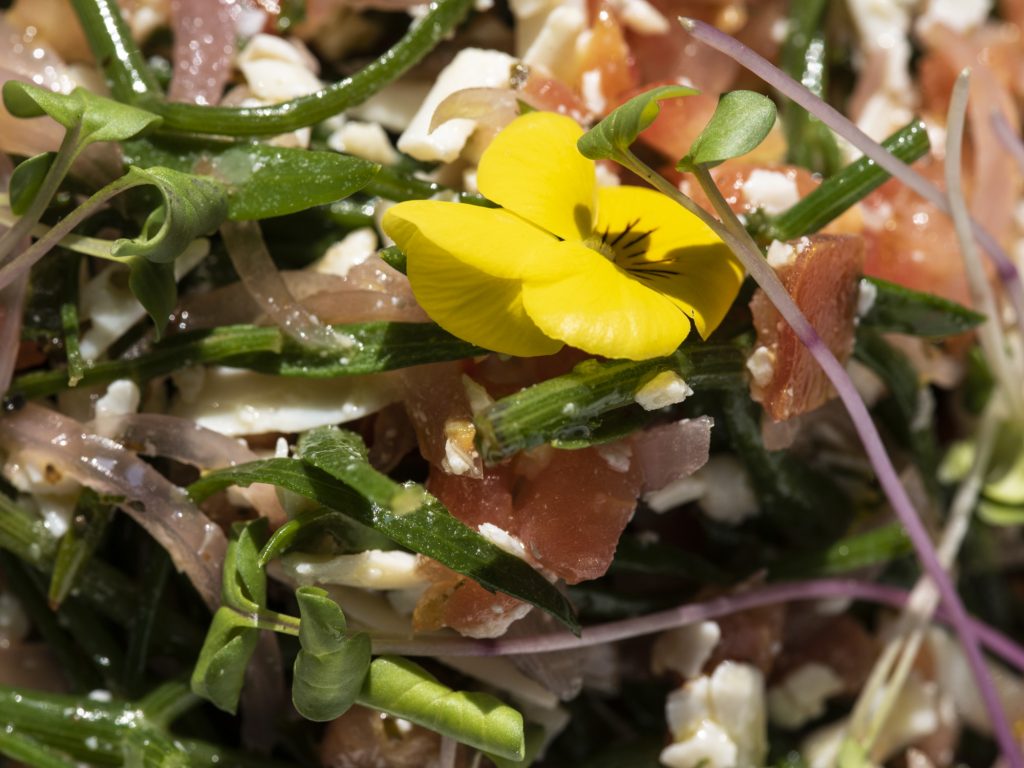
Ingredients:
- Rock samphire 150 g
- Marinated onion s 20 g
- Tomato cherries 30 g
- Aged Anthotyro cheese 30 g
- Olive oil 25 ml
- Vinegar 5 ml
- Pinch of salt and pepper
- Pinch of oregano
Preparation
To marinate the onions, slice them and put in a bowl with red wine vinegar. Place the bowl in the refrigerator for 24 hours. Blanch the Kritama, or samphire, for two minutes in boiling water. After straining off the water, put the samphire in a bowl with some ice to preserve its intense green color. Cut the tomato cherries in half and slice the cheese thinly. Mix in all the ingredients, including the marinated onions, and serve in a salad bowl.
Wine pairing
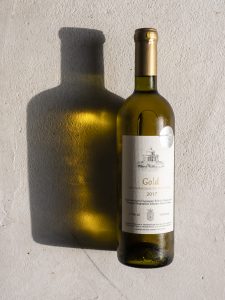
GOLD 2017, PETRAKOPOULOS WINES
Bright golden color with a clear aspect that mesmerizes. Full of flowers, ripe peaches and apricots, with notes of wet leaves, this wine revitalizes you with its acidity, which balances perfectly with the full body, and it ends in a lemon flavored aftertaste.
marmitaskiathos.com
